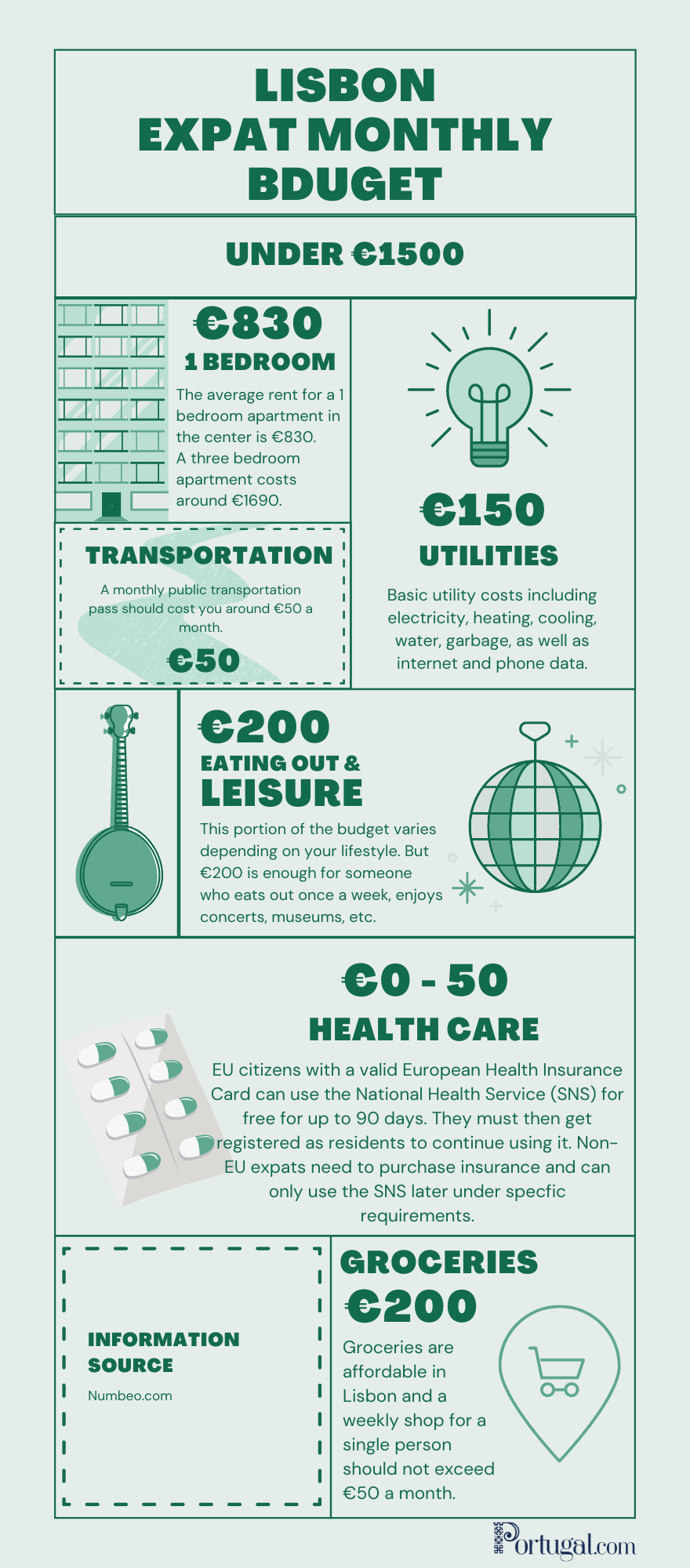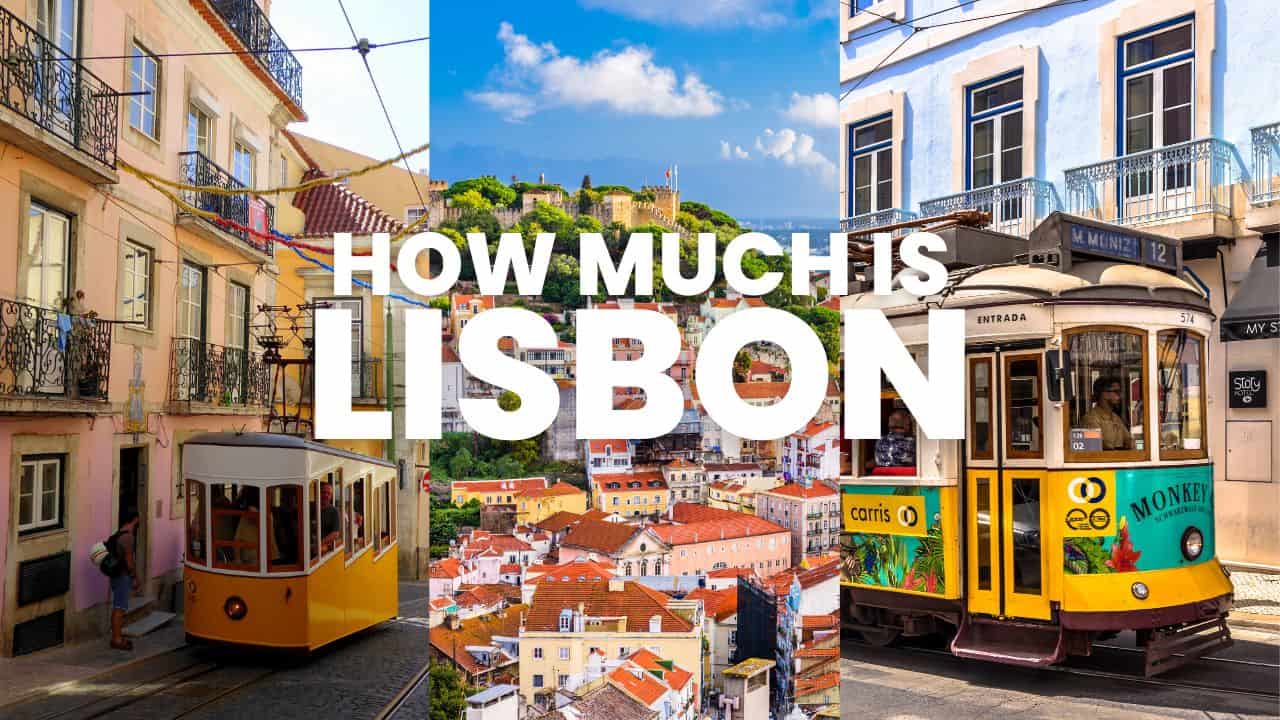The Scramble for Lisbon: My €400 November Challenge
Listen, everyone says travel is expensive, right? Especially if you want to go somewhere decent, not just camping in your own backyard. Well, I wanted to hit Lisbon. I’d seen the pictures, the tram 28, the Pastel de Natas. But my bank account was screaming bloody murder. So I vowed to myself: I would pull off a week in Lisbon in November for the lowest price possible. This wasn’t a vacation; it was a cheapness experiment.

First thing I did was pick the time. You go in July or August, you’re competing with every tourist on Earth. The flights are ridiculous, the hostels are packed, and the heat makes walking miserable. November, though? Everyone’s packing away their shorts, thinking about Christmas. I locked in November 12th to the 19th. That’s outside of any major holidays, perfect.
Wrestling with the Flight Deals
The flight was the main battle. I spent hours haunting the budget carrier websites. I didn’t just check prices; I tracked them. I used every incognito tab I could open, trying to confuse the algorithms. I avoided direct flights from my home airport—they always slap a premium on convenience. Instead, I booked a connecting flight with a brutal 4 a.m. departure time, meaning I had to drive to the airport in the dead of night.
Did it suck? Absolutely. But I secured a round trip ticket for €98. Yeah, ninety-eight euros. This required me to skip seat selection and carry only a small backpack that could fit under the seat, avoiding the €40 baggage fee scam. I wore my heaviest clothes on the plane, stuffing my pockets until I looked like a human pufferfish. The minute I clicked ‘confirm,’ I knew I had cracked the back of the budget.
Accommodation: Avoiding the Tourist Tax
Hotels are a no-go for this kind of budget. I wasn’t interested in luxury; I needed a clean bed and a shower. I bypassed the central zones like Chiado and Baixa entirely. Those are for suckers paying triple just to be close to the shops. I searched relentlessly on booking platforms for highly-rated hostels that were slightly outside the center, focusing on areas near a metro stop, like Arroios or Intendente.
I found a small, decent hostel near Alameda. It wasn’t flashy, but it was clean, and crucially, it was charging the low-season rate. I paid €18 per night for a bed in a small four-person dorm. For seven nights, that tallied up to €126. I ignored every upsell for breakfast or private rooms. I brought my own tiny padlock and earplugs—non-negotiable survival gear for cheap travel.

Eating Like a Local, Not a Tourist
This is where most people fail. They land, they see a nice restaurant in Praça do Comércio, and they drop €30 on one meal. Nope. My food strategy was simple: local markets and lunchtime specials.
- I bought groceries on arrival: bread, cheese, ham, and fruit. My breakfasts and three lunches for the week were handled this way, costing maybe €15 total.
- For dinner, I hunted down the small, unassuming Tascas—the tiny, hole-in-the-wall places with handwritten menus. These spots offer Prato do Dia (Dish of the Day) which often includes soup, main course, bread, and a small drink for between €7 and €9. I ate like a king, enjoying authentic Portuguese cooking without the tourist premium.
- I allowed myself one €2 Pastel de Nata a day, total splurge.
I estimated my total food spend for the week at around €130. That’s good eating for seven days.
Getting Around and The Final Tally
Public transport is cheap if you do it right. I immediately purchased a Viva Viagem card and loaded it up. I walked everywhere I possibly could. Lisbon is hilly, yes, but free exercise is the best budget travel hack. I used the metro only when moving to and from the airport or for long treks to Belém. I spent maybe €25 on transportation for the whole week.
What about activities? I avoided all paid tours. I spent my days wandering Alfama, sitting by the Tagus river, and visiting the free sections of the cathedrals. The museums I chose had student discounts or free entry days, which I meticulously researched and timed my visits around. Total cost for activities: €20 (mostly for cheap entry to two smaller historical sites).
So, what was the damage? I added up all the fixed costs:

Flights: €98
Accommodation: €126
Food/Drink: €130
Transport: €25
Activities: €20

The grand total for one week in Lisbon in November was €399. I hit my target of staying under the €400 mark.
Why I Know This Works (The Backstory)
Why did I obsessively track every cent? Why the brutal flight times? Because six months before this trip, I was laid off. Completely blind-sided. I had been pouring my life into a tech job that vanished overnight, leaving me with a mortgage and a lot of uncertainty. I was looking for work, the savings were draining fast, and frankly, I was starting to lose it. My wife, bless her heart, told me I needed a break, but insisted I couldn’t spend any real money.
This trip wasn’t just a budget exercise; it was me proving to myself that even when things are tight—really tight—you don’t have to stop living. I scraped together the funds from a small freelance job I’d completed and decided to use the money entirely on proving that budget travel isn’t a myth; it’s just hard work. Every time I looked at that €399 total, I wasn’t just seeing a number; I was seeing a small victory. It recharged my batteries, showed me I could still navigate the world without corporate spending, and gave me the mental clarity I needed to dive back into the job hunt when I got home. Travel doesn’t have to cost your future; you just have to work for those savings.
